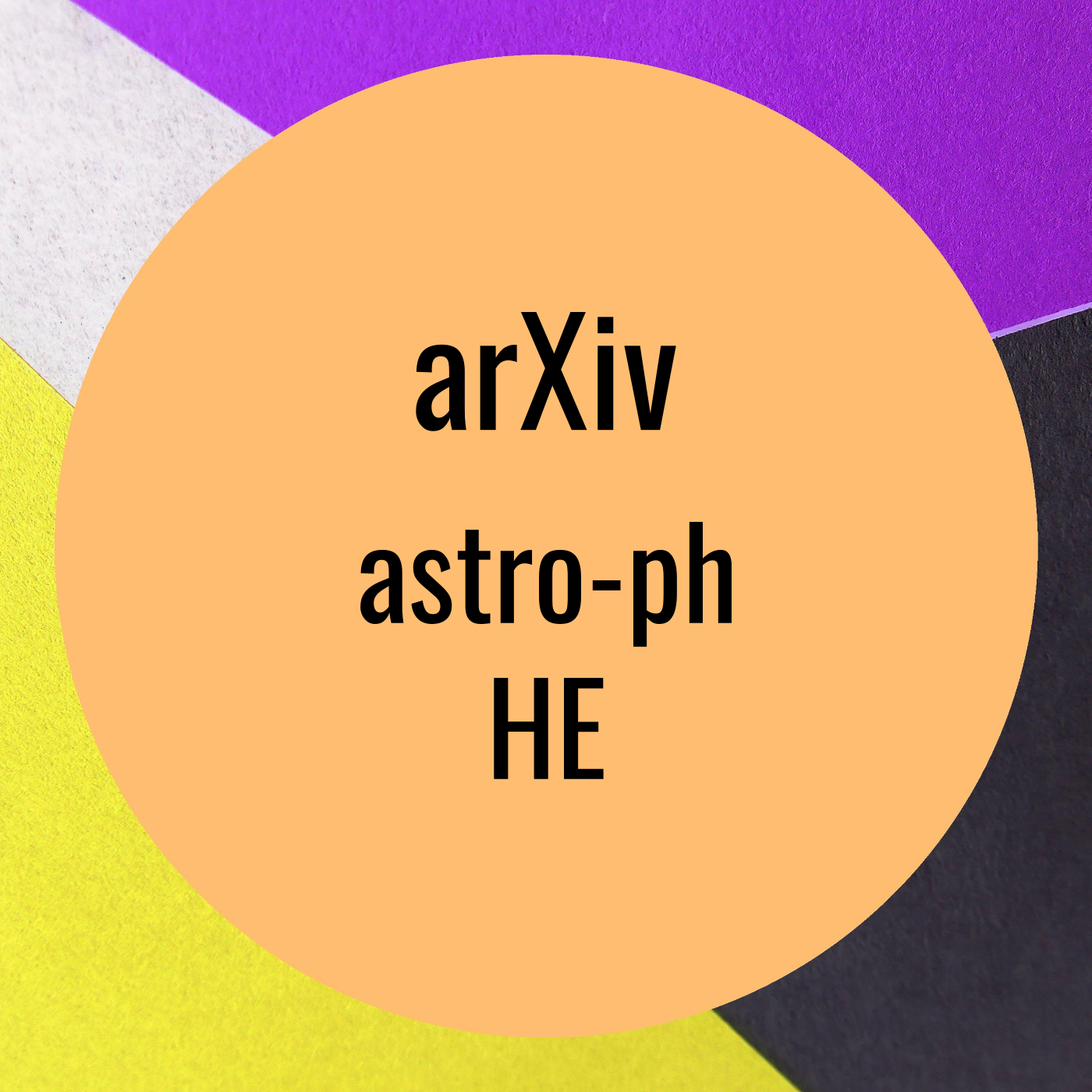The critical role of nuclear heating rates, thermalization efficiencies and opacities for kilonova modelling and parameter inference
Description
The critical role of nuclear heating rates, thermalization efficiencies and opacities for kilonova modelling and parameter inference by Mattia Bulla. on Tuesday 29 November
We present an improved version of the 3D Monte Carlo radiative transfer code
POSSIS to model kilonovae from neutron star mergers, wherein nuclear heating
rates, thermalization efficiencies and wavelength-dependent opacities depend on
local properties of the ejecta and time. Using an axially-symmetric
two-component ejecta model, we explore how simplistic assumptions on heating
rates, thermalization efficiencies and opacities often found in the literature
affect kilonova spectra and light curves. Specifically, we compute five models:
one ($\texttt{FIDUCIAL}$) with an appropriate treatment of these three
quantities, one ($\texttt{SIMPLE-HEAT}$) with uniform heating rates throughout
the ejecta, one ($\texttt{SIMPLE-THERM}$) with a constant and uniform
thermalization efficiency, one ($\texttt{SIMPLE-OPAC}$) with grey opacities and
one ($\texttt{SIMPLE-ALL}$) with all these three simplistic assumptions
combined. We find that deviations from the $\texttt{FIDUCIAl}$ model are of
several ($\sim1-10$) magnitudes and are generally larger for the
$\texttt{SIMPLE-OPAC}$ and $\texttt{SIMPLE-ALL}$ compared to the
$\texttt{SIMPLE-THERM}$ and $\texttt{SIMPLE-HEAT}$ models. The discrepancies
generally increase from a face-on to an edge-on view of the system, from early
to late epochs and from infrared to ultraviolet/optical wavelengths. Our work
indicates that kilonova studies using either of these simplistic assumptions
ought to be treated with caution and that appropriate systematic uncertainties
ought to be added to kilonova light curves when performing inference on ejecta
parameters.
arXiv: http://arxiv.org/abs/http://arxiv.org/abs/2211.14348v1
More Episodes
Hard X-ray Observations of the Hydrogen-poor Superluminous Supernova SN 2018hti with NuSTAR by Igor Andreoni et al. on Wednesday 30 November
Some Hydrogen-poor superluminous supernovae are likely powered by a magnetar
central engine, making their luminosity larger than common supernovae....
Published 11/30/22
Fundamental physics with neutron stars by Joonas Nättilä et al. on Wednesday 30 November
Neutron stars are rich laboratories of multiple branches of modern physics.
These include gravitational physics, nuclear and particle physics, (quantum)
electrodynamics, and plasma astrophysics. In this...
Published 11/30/22
Published 11/30/22


